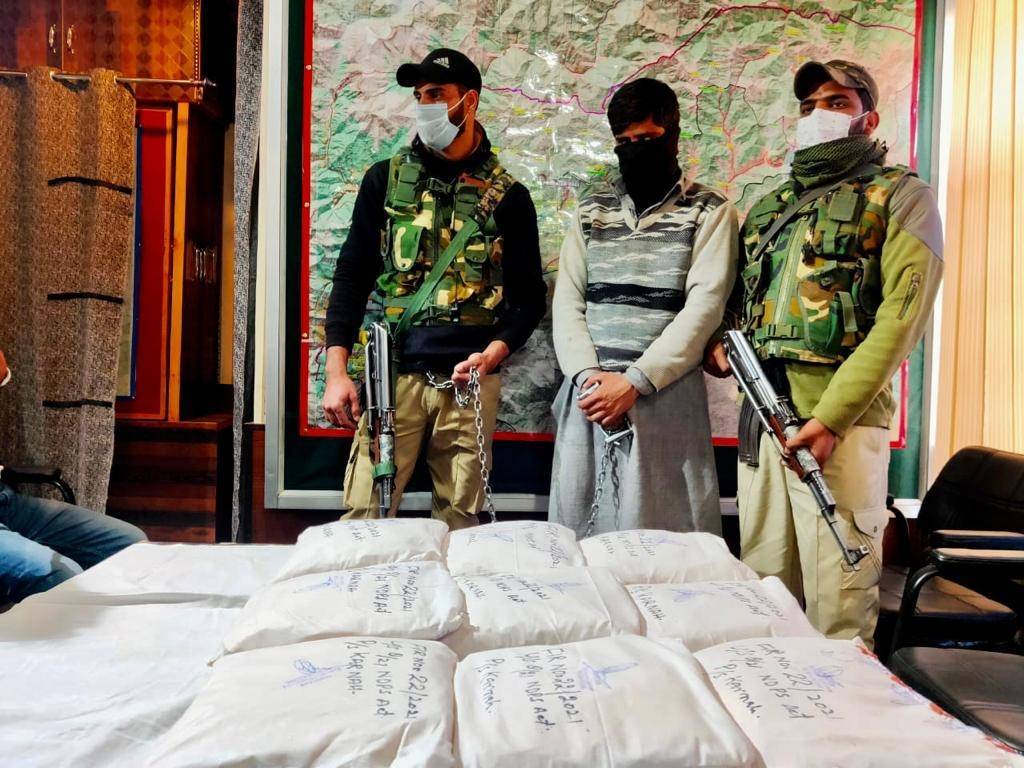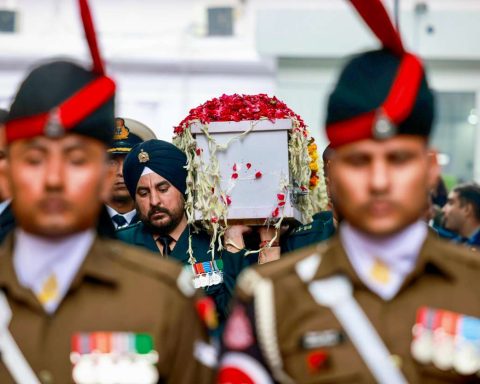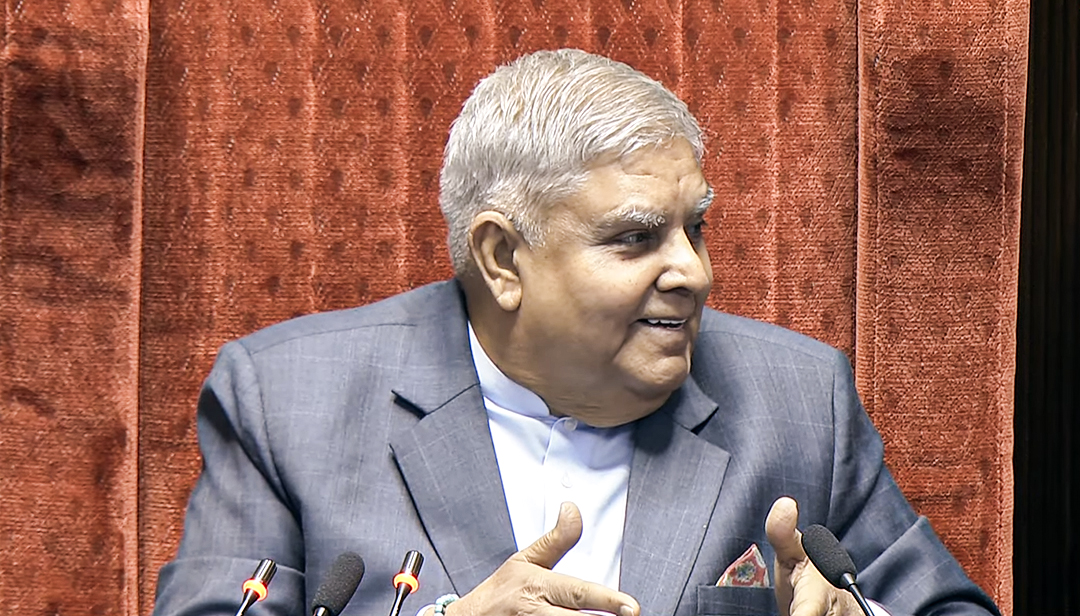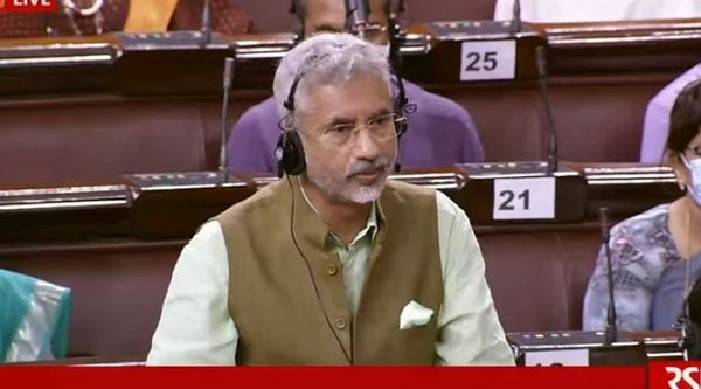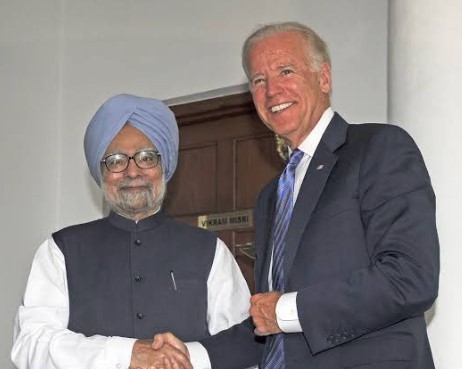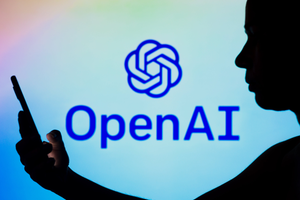According to the statistics maintained at the Government Medical College (GMC) Srinagar and other drug de-addiction centres, heroin smuggled in from Afghanistan has become the main drug of abuse. Around 95% of the patients treated or under treatment at different de-addiction centres have been found abusing this deleterious psychotropic drug, a report by Ahmed Ali Fayyaz
Drug abuse is on the rise in Kashmir, with supplies routed through the infamous AfPak region-the combination of Afghanistan and Pakistan, known as the ground-zero for drugs, violence and terrorism. The Jammu and Kashmir Police in collaboration with the Department of Health and Medical Education have set up drug de-addiction centres and treated thousands of patients at all the district headquarters in the Kashmir valley but it has not been able to stop smuggling of psychotropic substances from Afghanistan via Pakistan.
According to the statistics maintained at the Government Medical College (GMC) Srinagar and other drug de-addiction centres, heroin smuggled in from Afghanistan has become the main drug of abuse. Around 95% of the patients treated or under treatment at different de-addiction centres have been found abusing this deleterious psychotropic drug.
At the Srinagar GMC’s de-addiction centre, among those under treatment are a couple married as late as in 2019. The 29-year-old husband with his 28-year-old wife has been found taking heroin through an intravenous route. They occasionally cross paths in the hospital’s corridors outside their contiguous wards.
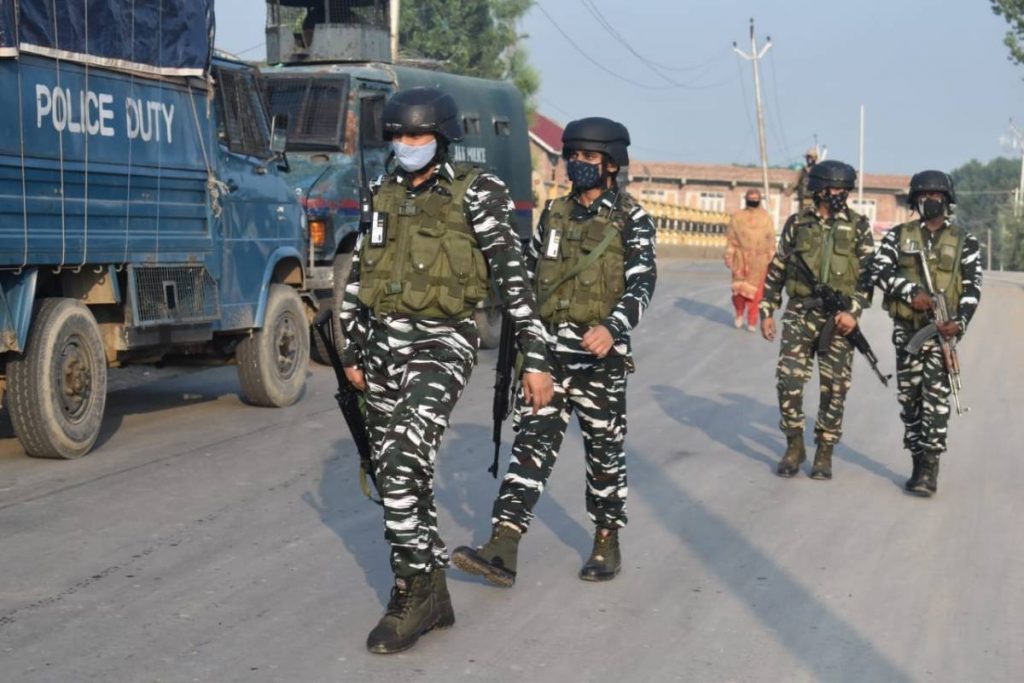
According to one of the four doctors attending the patients at the de-addiction centre, a large number of the families had admitted two or two members simultaneously for consuming heroin through IV or other routes. “Many of them come in from affluent families who fall in the wrong company and spend a lot of money to acquire this high-priced drug”, says a psychiatrist at the GMC Srinagar.
ALSO READ: Kashmir’s Descent Into Drugs & Criminalisation
“We have noticed a remarkable increase in the heroin abuse in the last two years but we have no means to determine a political reason behind it. It can or cannot be coincidence that the drug abuse has assumed menacing proportions during a combination of political and medical lockdown. Since March 2020, the Covid pandemic has kept everybody indoors. There have been familial implosions. Marriages have broken and students have forgotten about their school cultures. Smuggling and circulation of psychotropic substances has multiplied during the same period”, said a doctor at the Police Control Room in Srinagar.
According to a senior Police officer, 35 kg of heroin, 5 kg of marijuana and 3 kg of brown sugar valued at Rs 182 crore in the Indian drug markets have been seized by Police in the Kupwara Police district-half of the Kupwara revenue district-in the first six months of the current year. The recoveries made by the security forces, particularly the Army, are equally voluminous.
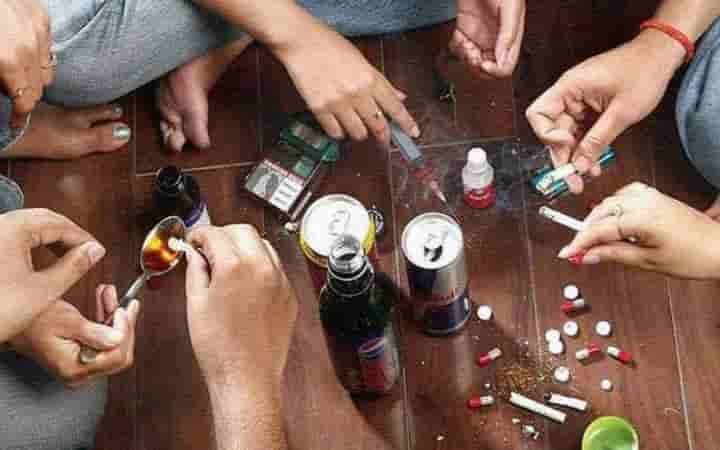
Drugs from Afghanistan via Pakistan have been flowing in through Kupwara and Baramulla districts on the LoC in Kashmir as also through Poonch and Rajouri districts on the LoC and Jammu, Samba and Kathua districts on the International Border in Jammu. “Over 90% of the quantities are smuggled in through conventional routes and methods but at least 10% of the quantities are now believed to be entering through tunnels and drones”, said a senior Police officer in Jammu.
“Until recently, we used to say Udta Punjab. But now we say Udta Jammu and Kashmir ”, said the officer. According to him, 60% of the drugs, particularly heroin, was going all the way to Amritsar, Chandigarh, Delhi and Mumbai and about 40% was believed to be in the local consumption. Some of the officers, not authorised to speak to the media, put it at Rs 1,000 crore a year business.
Those admitted and treated at GMC’s DDC recently include two members of a family, in their mid-40s and the family head’s 10-year-old grandson. The boy is on Opioid Substitution Therapy (OST), a treatment regimen that induces abandonment of heroin and other opium derivatives-highly addictive and with life-threatening consequences. The doctors treating the boy detected that he had been infected with Hepatitis-C virus, a common infection among IV drug abusers. If ignored, Hepatitis-C can lead to liver cirrhosis and prove to be fatal.
The 10-year-old is now under treatment of Hepatitis-C and supervision of a composite team of doctors and psychiatrists including a couple of professors from GMC’s Department of Gastroenterology.
ALSO READ: Drug trafficking to intensify in Pakistan due to Afghanistan violence
Consumption of heroin by syringe for a 10-year-old could be fatal, says a doctor. “But we are optimistic of good results as he has been admitted at an appropriate time. We don’t know how many of such boys and girls have been destroyed in Kashmir or would be still taking these dangerous drugs”.
The boy had seen his father and uncle take heroin through syringes. Out of his curiosity after falling in the company of some drug addicts, he too began consuming heroin and ended up with an infection of Hepatitis-C.
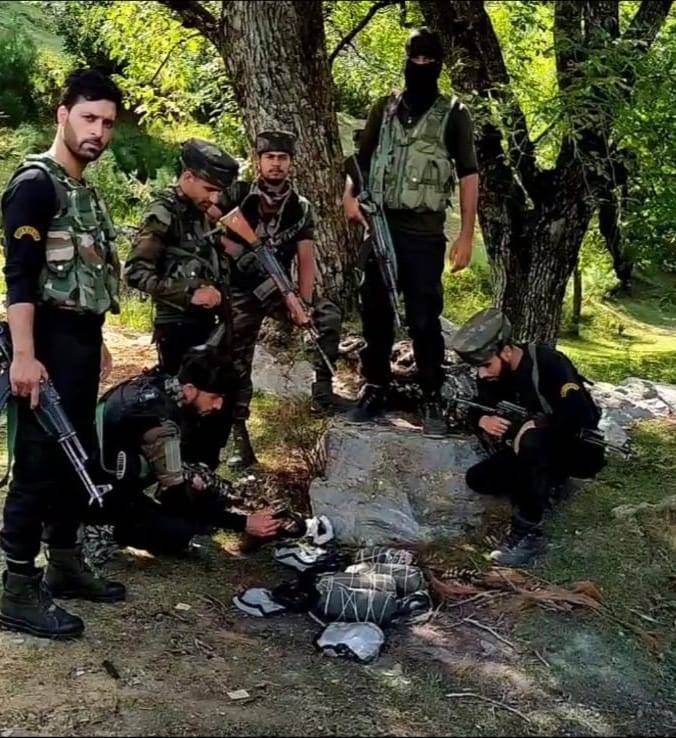
According to a doctor, the age of experimenting with drugs had come down and the number of addicts spiralled in the last five or six years. “We have noticed a remarkable increase in the number of addiction cases particularly in the last two years. Lockdowns and deterioration of the value systems due to the internet and social media have made the ground fertile for the drug menace in Kashmir”, he asserted. An early intervention and counselling, according to him, could save many lives and families.
According to the official statistics, 6,234 patients have been examined and treated for drug addiction at the DDCs in Kashmir since the outbreak of Covid-19 in March 2020. Of these, 4,830 had been found taking heroin intravenously. Additionally, 1,054 were those taking heroin through other routes. With this combination of 5,884 patients, 95% of the drug addicts were found consuming heroin. 70% of them were taking it by syringe.
The Jammu and Kashmir Government had introduced a drug de-addiction policy in the President’s rule in January 2019. It provided for the staff of 15 departments to work in coordination to uproot the menace of drug addiction. While Police, Narcotics and Excise are required to reduce availability of drugs through various measures including crackdown on the supply chain, the departments of Education, Information & Broadcasting and Social Welfare are supposed to lessen the demand. But around the scheduled date of its implementation in February 2020, Covid-19 engulfed the entire country.
There has been no movement forward in the last over 17 months.
(The content is being carried under an arrangement with indianarrative.com)
